Archives
- 2025-12
- 2025-11
- 2025-10
- 2025-09
- 2025-03
- 2025-02
- 2025-01
- 2024-12
- 2024-11
- 2024-10
- 2024-09
- 2024-08
- 2024-07
- 2024-06
- 2024-05
- 2024-04
- 2024-03
- 2024-02
- 2024-01
- 2023-12
- 2023-11
- 2023-10
- 2023-09
- 2023-08
- 2023-07
- 2023-06
- 2023-05
- 2023-04
- 2023-03
- 2023-02
- 2023-01
- 2022-12
- 2022-11
- 2022-10
- 2022-09
- 2022-08
- 2022-07
- 2022-06
- 2022-05
- 2022-04
- 2022-03
- 2022-02
- 2022-01
- 2021-12
- 2021-11
- 2021-10
- 2021-09
- 2021-08
- 2021-07
- 2021-06
- 2021-05
- 2021-04
- 2021-03
- 2021-02
- 2021-01
- 2020-12
- 2020-11
- 2020-10
- 2020-09
- 2020-08
- 2020-07
- 2020-06
- 2020-05
- 2020-04
- 2020-03
- 2020-02
- 2020-01
- 2019-12
- 2019-11
- 2019-10
- 2019-09
- 2019-08
- 2019-07
- 2019-06
- 2019-05
- 2019-04
- 2018-07
-
br Experimental section br Results
2024-10-26
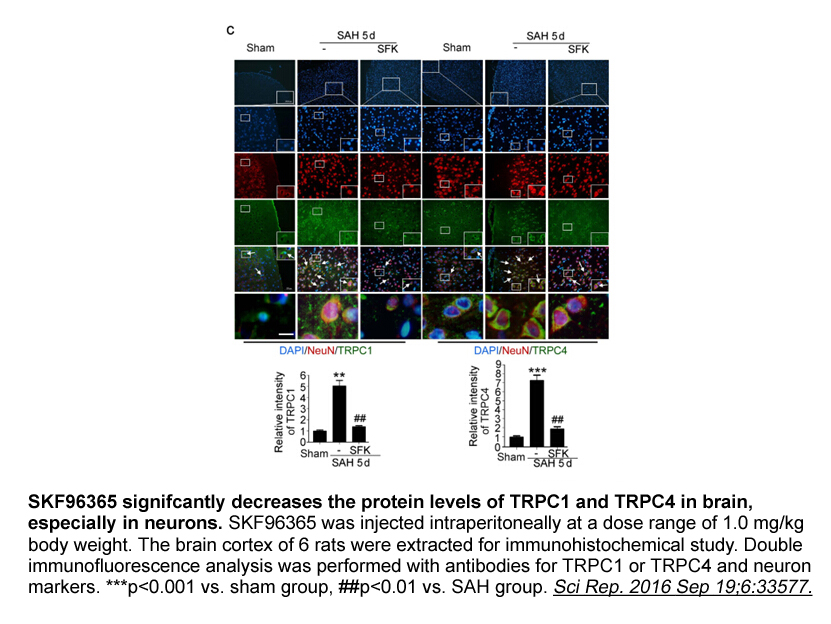
Experimental section Results and discussion Conclusion In the present study, 3a,8a-dihydroxy-8-oxo-1,3,3a,8a-tetrahydroindeno[1,2-d]imidazol-2(1H)-iminium chloride (3) has been synthesized and characterized by spectral studies and single crystal X-ray crystallography. DFT calculations have
-
Our study like that of Zill et
2024-10-26
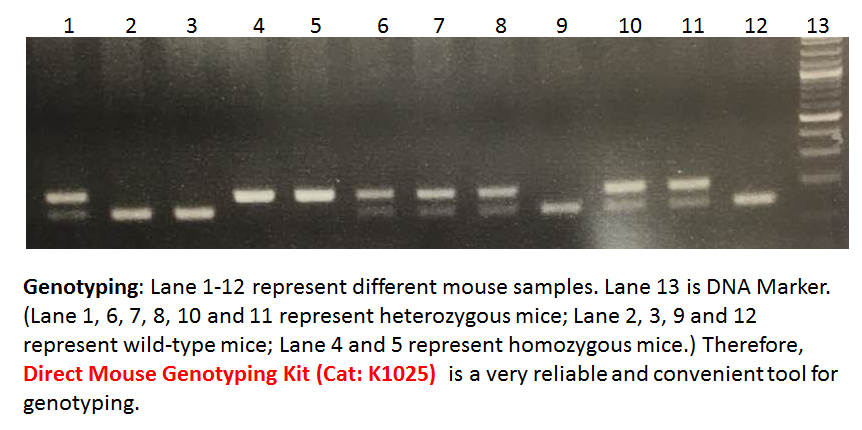
Our study, like that of Zill et al. (2012) included European Caucasians, although their population was much smaller (n=162) and more heterogeneous (19–72years). Further, potential confounding or effect modification by other health, lifestyle or genetic factors was not considered. These differences m
-
Congruously our findings of voltage electrode
2024-10-25
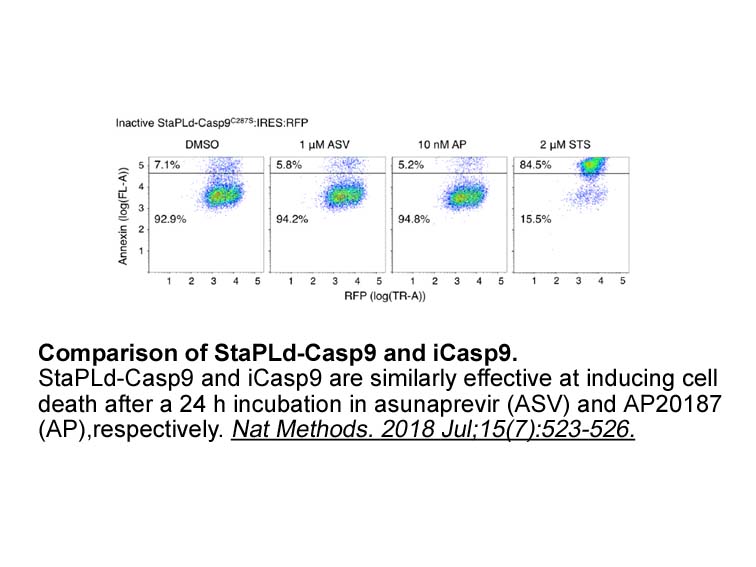
Congruously, our findings of voltage-electrode-clamping assays indicate that hipN851K mutation mediates partial loss of Na+/K+-ATPase pump currents, also confirming our thesis that hipN851K mutation acts as a hypomorph. As demonstrated here by our external electrical stimulation studies and ECG reco
-
Neuropathic animals display increased sensitivity
2024-10-25

Neuropathic animals display increased sensitivity to the anti-nociceptive effect of baclofen and whilst the number and affinity of GABAB thymidylate synthase inhibitor in the dorsal horn are not altered (Smith et al., 1994; Zemoura et al., 2016), GABAB receptors subunits (B1 and B2) are both down-r
-
br Acknowledgements This work was supported by the Victorian
2024-10-25
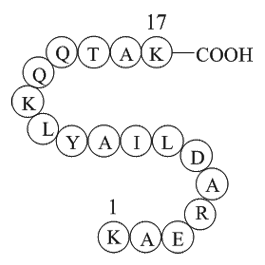
Acknowledgements This work was supported by the Victorian Government Operational Infrastructure Support Program. KAB is supported by the Mavis Robertson Fellowship from the National Breast Cancer Foundation (NBCF; ECF-16-004), by an NBCF Novel Concept Award (NC-14-011), and by NHMRC project grant
-
br Conclusion In conclusion the arginase from P
2024-10-25
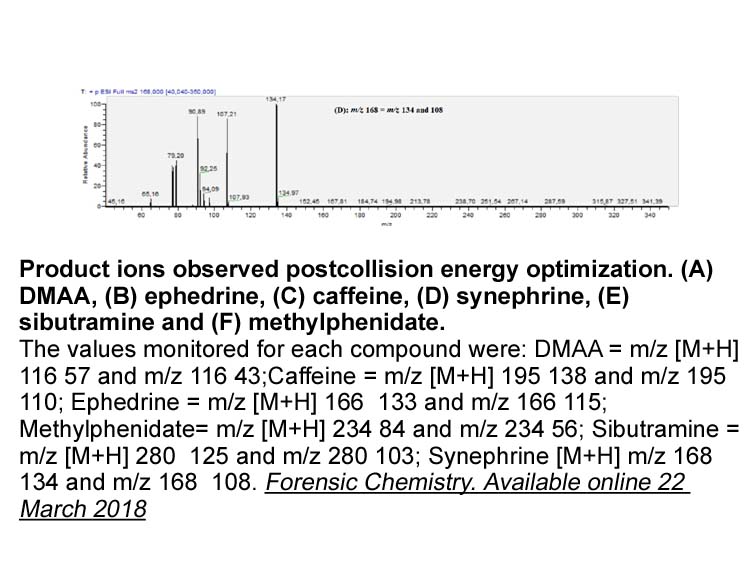
Conclusion In conclusion, the arginase from P. aeruginosa IH2 was purified with electrophoretic homogeneity. Purified enzyme was homo-dimer and showed significant activity and catalytic stability near to the pH of circulating system and temperature of human body. The prolonged serum and proteolyt
-
mg115 mg br Introduction Active oxygen radicals in the
2024-10-25

Introduction Active oxygen radicals in the human body have a strong effect of inducing lipid peroxidation, which in turn induces oxidative imbalance and causes various diseases. Natural polysaccharides are substances with certain antioxidant activity. They are used as antioxidants and have advant
-
br Concluding Remarks Despite major advances
2024-10-25
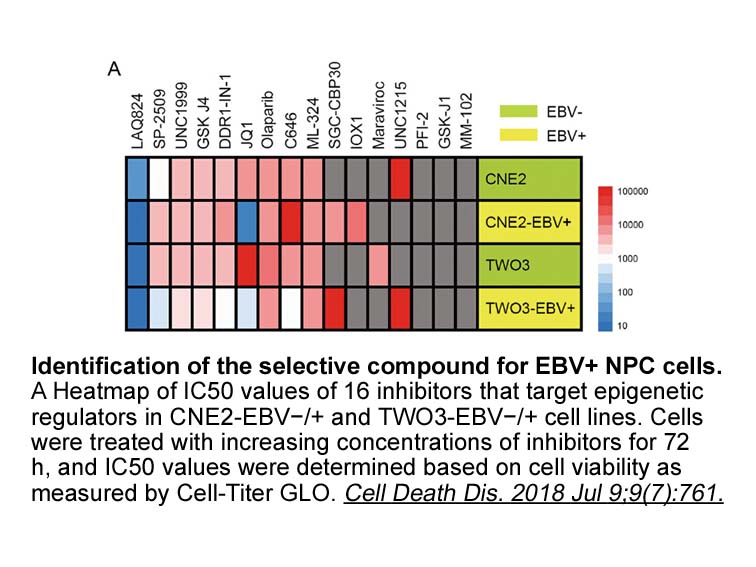
Concluding Remarks Despite major advances in the development of antibody and small-molecule tumor angiogenesis inhibitors, therapy resistance, both innate and acquired, continues to limit further survival improvements for patients with cancer. Preclinical models of localized primary tumors and me
-
Optical coherence tomography angiography is another promisin
2024-10-25
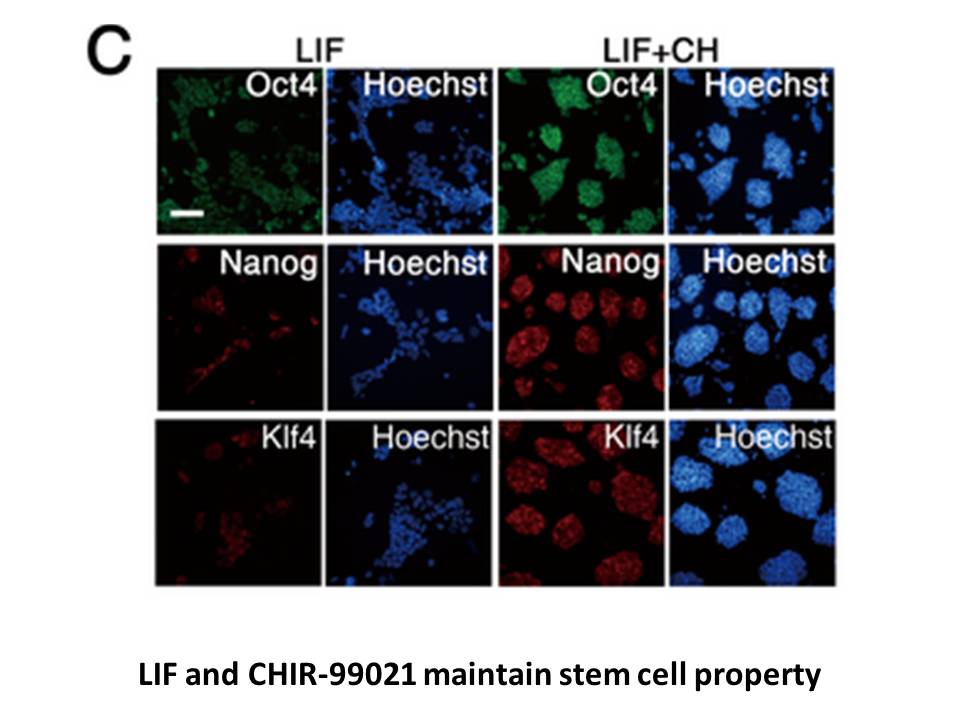
Optical coherence tomography angiography is another promising method for the assessment of corneal neovascularization. This relatively new modality is not yet widely used in part because of current limitations in the definition of images produced, lack of functional information, and inability to det
-
Studies have demonstrated that AT plays
2024-10-25
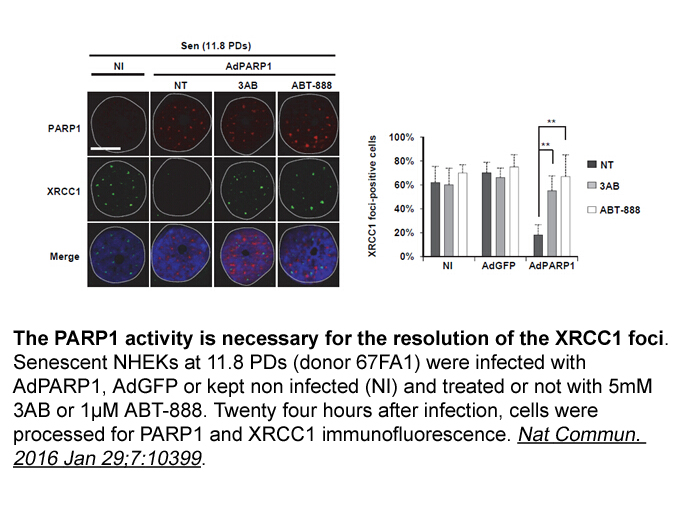
Studies have demonstrated that AT2 plays a greater role in modulating arterial pressure in females than in males. Chronic low-dose infusion of Ang II decreased blood pressure in female rats at a dose that had negligible effects in males. Furthermore, AT2 blockade eliminates the depressor response to
-
The most common adverse effects were ARIA
2024-10-25
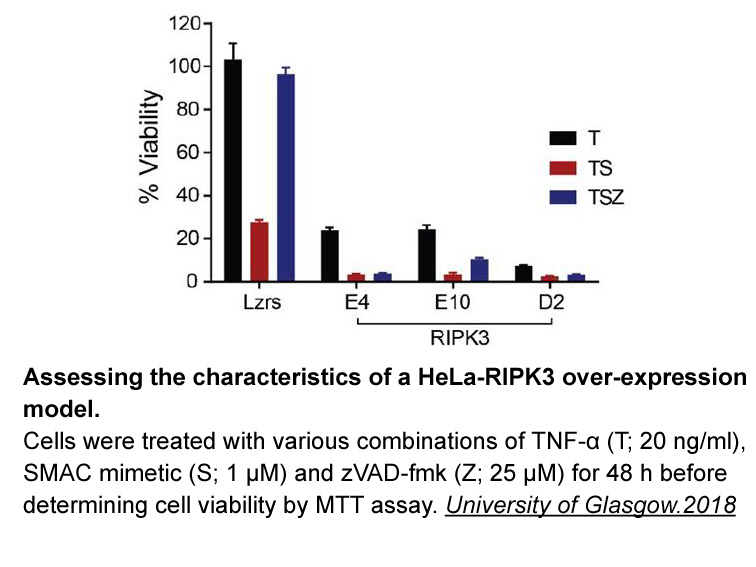
The most common adverse effects were ARIA, which occurred at higher levels than in any previous anti-Aβ mAb study. ARIA-E was observed at some point during the trial in no participants in the placebo group compared with 1 (3%), 2 (6%), 11 (37%), and 13 (41%) participants receiving 1, 3, 6, and 10 mg
-
Some of the mechanisms that involve LOX as
2024-10-25
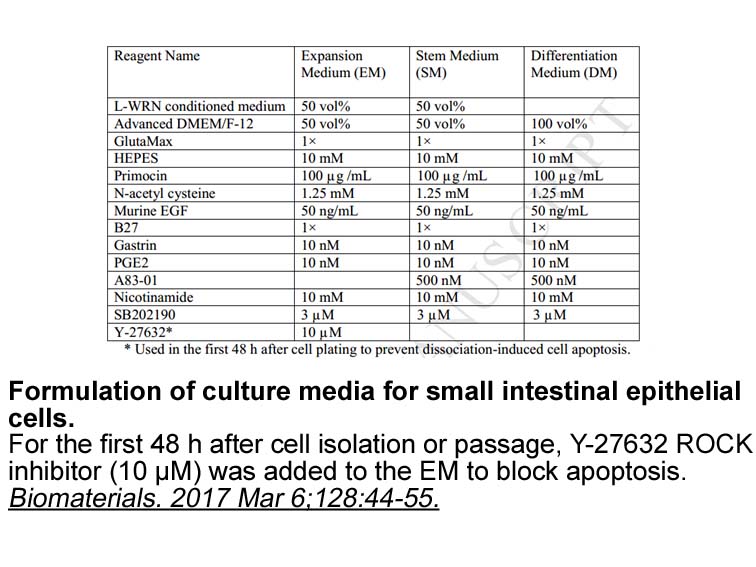
Some of the mechanisms that involve 12-LOX as a potential pathogenic enzyme are illustrated in Fig. 2. Direct β cell effects associated with the stimulation of 12-LOX activity include the activation of second messengers c-Jun N-terminal kinase and p38 MAPK, both of which show increased phosphorylati
-
We start with a basic description of the MT SGL
2024-10-25

We start with a basic description of the MT-SGL model. Consider a multi-task learning (MTL) setting with k tasks. Let p be the number of covariates, shared across all the tasks, and n be the number of samples. Let denote the matrix of covariates, be the matrix of responses with each row correspond
-
In our previous study we found that the
2024-10-25
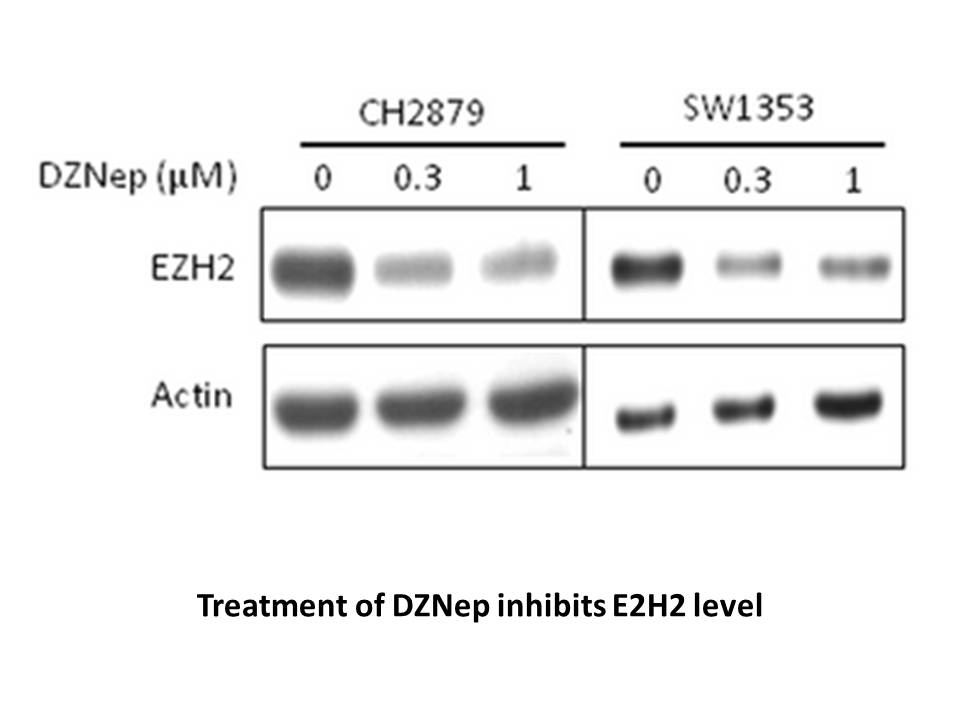
In our previous study we found that the total activity of aldehyde dehydrogenase in cancer Biotin-16-dCTP of RCC is at the same level as in normal renal tissue [10]. These findings are similar to our results in serum patients with renal cancer. There is no significant difference between ALDH activit
-
br New AMPK activators Fenofibrate
2024-10-24
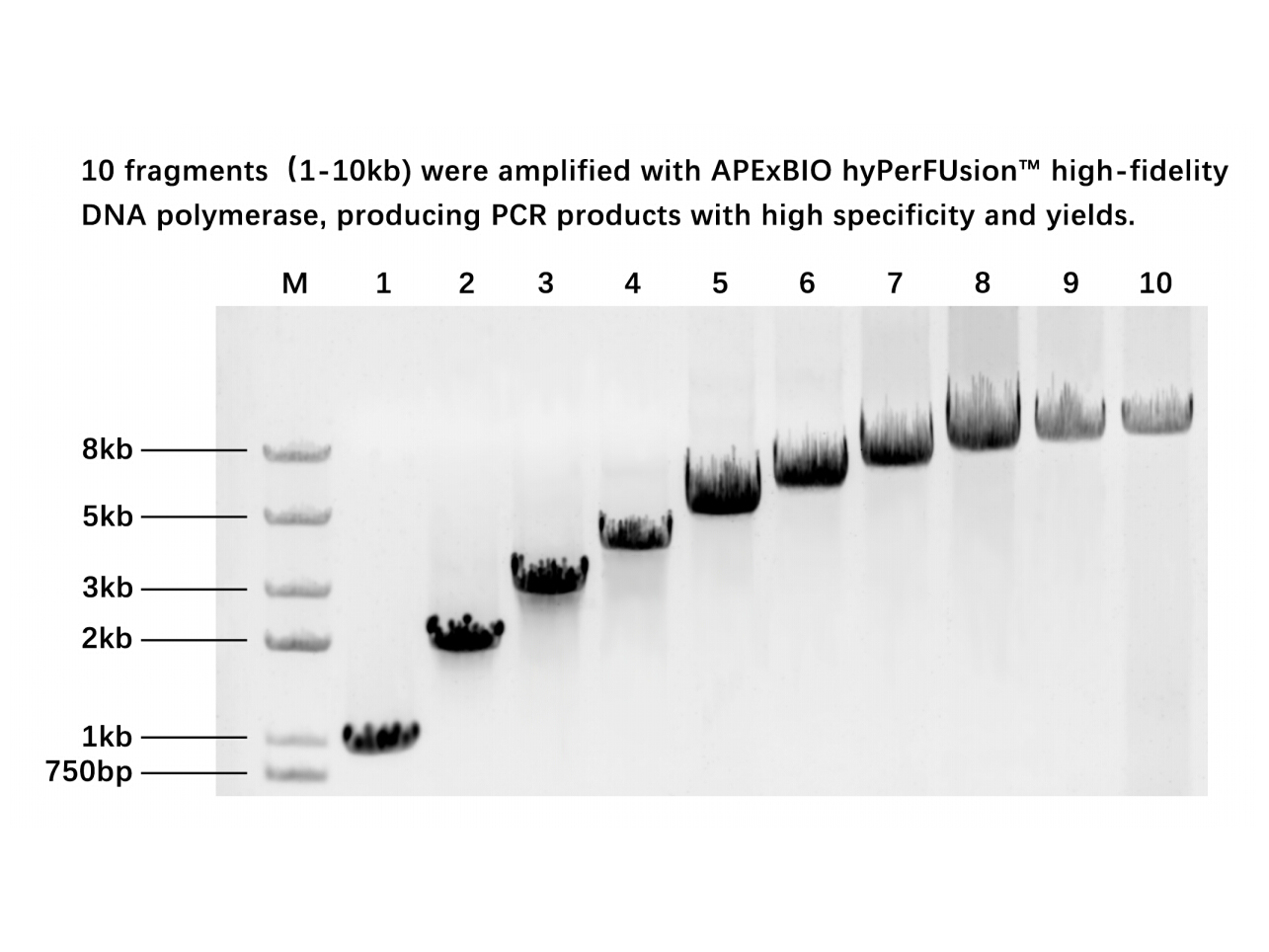
New AMPK activators Fenofibrate is a drug of the fibrate class used for the treatment of dyslipidemia [53] but is also an agent that could alleviate DN-induced alterations through AMPK activation (Fig. 2). Streptozotocin-induced diabetic rats treated with fenofibrate improved in not only renal fu
16180 records 70/1079 page Previous Next First page 上5页 6667686970 下5页 Last page